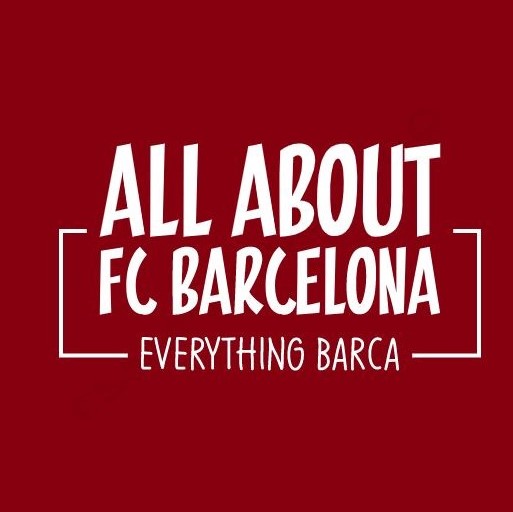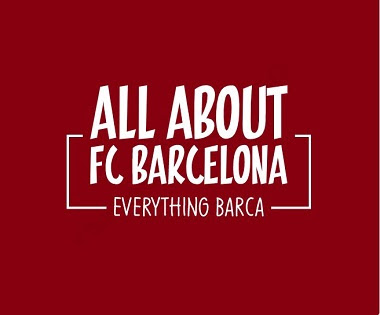
At first the points in common are evident in terms of the fact we’re talking about three players whose height was almost always cited as an obstacle to be overcome. Maradona stands 1.66m in his Albiceleste socks, Romário – nicknamed ‘O Baixinho’ (Shorty) – is three centimetres taller than ‘Dios’ (God) at 1.69m – exactly the same height as Lionel Messi.
Fair enough, so none of them were going to be basketball players, but what of it? Those who claim that their height-wise shortcomings forced a certain idiosyncratic flair out of them wouldn’t be wrong either.
To compete with their more corpulent peers all three forged their diminutive statures from weaknesses into weapons – although there are those who opine that the lower centre of gravity gave them a natural edge above lankier players.
There’s also another common thread that could be seen as a causative factor in their growth – or lack of it. Both Maradona and Romário hail from humble backgrounds in shanty towns / slums, the same breeding grounds that have seen some of the brassiest footballing talents in the world come from the muck of extreme poverty.
Romário was born near, yet so far, from the sun-kissed Rio de Janeiro shores he adores so much, the son of Edevair de Souza Faria and Manuela Ladislau Faria living in the Jacarezinho (Little Alligator) favela. Poverty-stricken, the future star’s family had problems feeding the youngster and he grew at a slow rate.
Diego Armando Maradona was born in run-down Villa Fiorito, a dirt poor district on the southern fringes of Buenos Aires to a poor family that had moved from Corrientes Province. The oldest of three brothers – who also went into football, albeit with far less success – also found his development stunted by a lack of food.
At the age of 11, Messi was diagnosed with a hormone deficiency that stunted his growth – and would have stunted it even further had FC Barcelona not offered to pay for an expensive treatment that his poor family couldn’t afford.
Apart from the physical aspects, all three have a point in common in a ball control that leaves the sphere apparently glued onto their boots. This has wound three generations of defenders and holding midfielders up to breaking points as it combines with their size very well.
All three are capable of holding the ball up effectively with their back to a rival – or several – until support arrives, or to burn time in the last minutes of a game that’s got a favourable result. The low centre of gravity means they’re harder to nudge over than a taller player, sticking over the ball with limpet-like firmness near a sideline until they pass the ball or get fouled.
The shorter legs are also a boon to manoeuvring in small spaces. Like a Mini Cooper compared to a Ford Mustang, the turning circle is so much smaller that gaps that appear impossible for the larger are easy to fit into for the smaller. Try watching ‘The Italian Job’ (either version) and ‘Bullit’ to get an idea if the metaphor fails to convince.
All three attracted defenders like a flame attracts moths, sometimes drawing up to three or four exasperated rivals out of their team’s tactical shape. This would, at its best, be followed by a sudden ‘handbrake turn’ as the diminutive marvels shot out of the ‘scrum’.
The Romário comparison is lessened given the fact that out of the illustrious trio he’s the sole right-footer, although there is a doppelganger similarity to some Messi moves in his killer instinct in the box and opportunism.
Examples of moves that enchant spectators litter the careers of the retired ‘Dios’, the about-to-retire ‘Baixinho’ and the nowhere-near-retiring ‘Pulga’ (Messi being nicknamed the ‘Flea’ for self-evident reasons) and linger in the memory with barely-restrained fondness, an aching longing and great memories that Messi is now resurrecting for Culés all over the world.
They also all had seminal performances against the Merengues that are still recalled by those fortunate to have seen them first hand – and even those who saw them for the first time years afterwards.
Although Maradona’s time at Barcelona was short-lived, his performance at the Bernabéu – dribbling several defenders down the flank before scoring in 1983 – brought a standing ovation only repeated years later for Ronaldinho.
Romário’s hat-trick against Real Madrid during the ‘manita’ (five-goal drubbing) inflicted by Cruyff’s Barça on Benito Floro’s Merengues is also a moment that has become immortalised in Blaugrana memories, particularly the ‘cola de vaca’ (cow’s tail) move that saw him sweep the ball around Alkorta and score.
Now it’s Messi’s turn to be forged into a consecrated idol after being the heart and soul of Barcelona against their white nemesis. His hat-trick may not have been the jewel in the crown of a win, but the fact that he equalised no less than three times is almost as good.
His performance in the Barça-Real Madrid Clásico ended with the final strike stroked past Casillas in the 90th minute, denying Capello’s Madrid three points that would have re-ignited their spluttering attempt to revive a Liga title challenge and sink Rijkaard’s side at the same time.
Argentinean sports daily ‘Olé’ made no bones about their view of how Messi performed and who it reminded Argentine observers of: “Messi is a clone of Maradona…’What planet is he from?’”, the last part echoing football pundit Víctor Hugo Morales who used the same phrase to describe Diego Armando Maradona during Mexico 1986 as a “barrilete cósmico” (cosmic kite) after his showing against England.
With Maradona himself having broadcast his own opinion far and wide, there’s little doubt that the mythical number 10 sees Messi as his heir. Messi himself knows this and responds with wisdom.
“Diego is the greatest…as always”, Messi underlined. “The only thing that I can do is to continue working, continue improving…but not so that I can make the comparison clearer. I’m here to carry on learning and evolving and we’ll see what I can do.”
In Spanish there’s a saying that comparisons are always hateable. Being compared to Messi and Romário is clearly a compliment for any player, but perhaps we are in danger of looking to the past to find explanations for present glory….and to anticipate future paths when they still remain to be walked.
It’s a natural vice, but nevertheless a vice, which brings us to the last point of comparison –contrast. Maradona’s slide into cocaine addiction and his turbulent private life, Romário’s avoidance of training and sex obsession: plus the fact that they both spent a short time at Barcelona.
Messi has so far steered clear of any mention of a troubled personality and his interview reveal a relaxed, humble young man rather than a player with something to prove or a chip on their shoulder resulting in the growth of a super-ego.
His only ‘scandal’ has been to be present – not involved – at a Rosario bar argument that didn’t even end in a brawl. It’s hardly the sort of behaviour that stands comparison with either Romário or Maradona; even at their most angelic.
In time terms Maradona and Romário – Ronaldo too – spent stunted stints at Camp Nou, although they perhaps burned themselves into memories precisely because they did so much to remember in such a short space of time.
‘Dios’ may have found his time with the Catalans hampered by hepatitis and an ankle-shattering tackle by ‘Butcher of Bilbao’ Andoni Goikoetxea, but shone so brightly we need to wear sunglasses over two decades later: 38 goals in 58 games still a statistic that’s hard to match.
‘O Baixinho’, perhaps one of the few to be able to compete with (or better) such scoring proficiency, like Ronaldo after him, came from PSV and exploded with 34 goals in 46 games, arriving and leaving almost exactly two decades after Maradona.
Messi arrived, unlike the others, as a pearl to be cultured in Catalunya rather than a star who’d already proved their worth in gold – and arrived at Camp Nou on the backs of big transfers: a (then) record-breaking $10 million for the Argentine, ‘only’ $4 million for the Brazilian as PSV saw him as equally talented as truancy-prone.
Leo has been nurtured at la Masía (The Mansion), Barcelona’s residential youth academy, rather than being a formed import that just needed slotting into the first team. He’s a different case to both Maradona and Romário for a number of reasons, and similar in other aspects, but still a young man who’s continuing to develop and grow both on and off the pitch.
We will continue to compare – it’s a human failing, this sentimentality, but who on earth would want to rob football of its sentiments? We love our teams with a passion that is almost undying and, just as passion is intimately related to love, we take joy from the comparisons of current stars to the ones of yesteryear.
Messi may have aspects of Maradona and Romário in aspects of his game, but he’s far from being a simple blend of either…or even a hybrid with other idols thrown into the blender to produce ‘formula Messi’.
Our comparisons of past with present players aren’t hateful – far from it – but they won’t bring us closer to the truth which is that Lionel Messi has just started. Perhaps the best move is to just enjoy a player who will doubtless lead us to compare future players with a “You know, that player really reminds me of Lionel Messi…”
Found this wonderful Article on the Net: Click Here For Original ArticleAll About FC Barcelona

AllAboutFCBarcelona.com is a Blog dedicated to the Most prestigous Club in the world, FC Barcelona by an ardent fan. Here I discuss about the Latest happening surrounding our Club and present my Views about the same.











